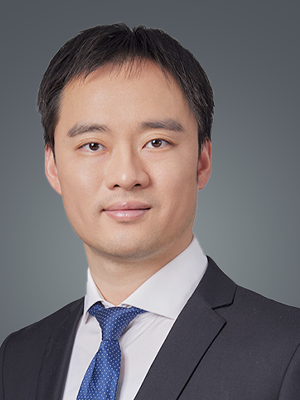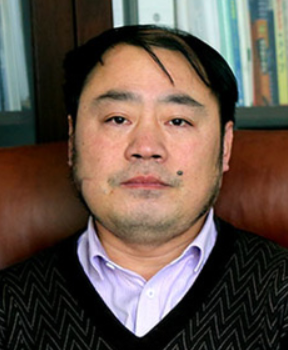 | Prof. Junchi YanShanghai Jiao Tong University, China Junchi Yan is a Professor and Assistant Director with School of Artificial Intelligence, Shanghai Jiao Tong University, Shanghai, China. Before that, he was a full-time Senior Research Staff Member with IBM Research and later an affiliated consultant Senior Researcher with AWS AI Lab in total for 10 years. His research interests include machine learning and AI4Science. He is the Associate Editor for IEEE TPAMI, Pattern Recognition etc. He is a Fellow of IAPR, AAIA, NAAI, IET. He received the IEEE CS AI'10 to Watch Award, IEEE CIS Early Career Award, and CVPR 2024 Best Paper Candidate Award. Six of his graduated PhDs now are faculties of top universities in China i.e. Fudan, SJTU and USTC. |
| Prof. Peicheng ZhuShanghai University, China Peicheng Zhu is a professor, PhD supervisor, and director of the Institute of Computational Mathematics at Shanghai University. His main research areas are material modeling, phase field methods, numerical simulation, mathematical analysis and partial differential equations. He has published more than 40 research papers in national and international journals, and one monograph. |

